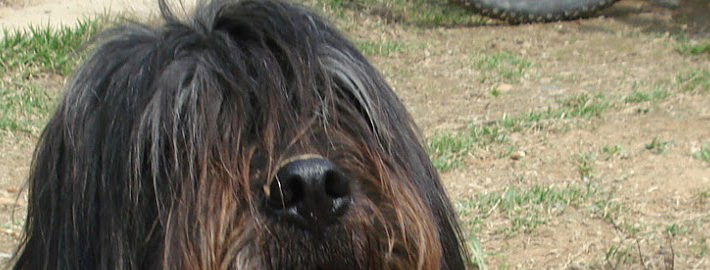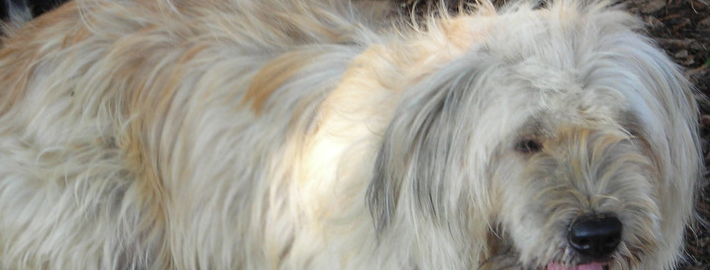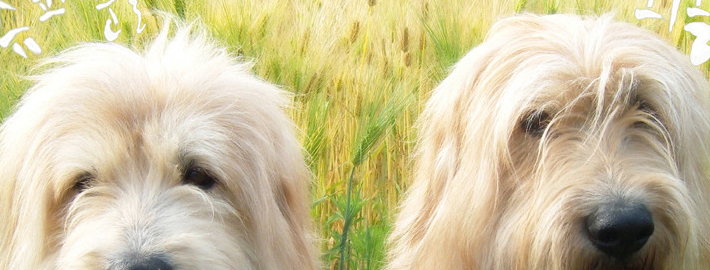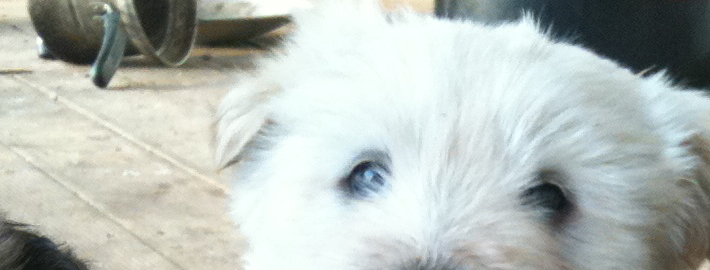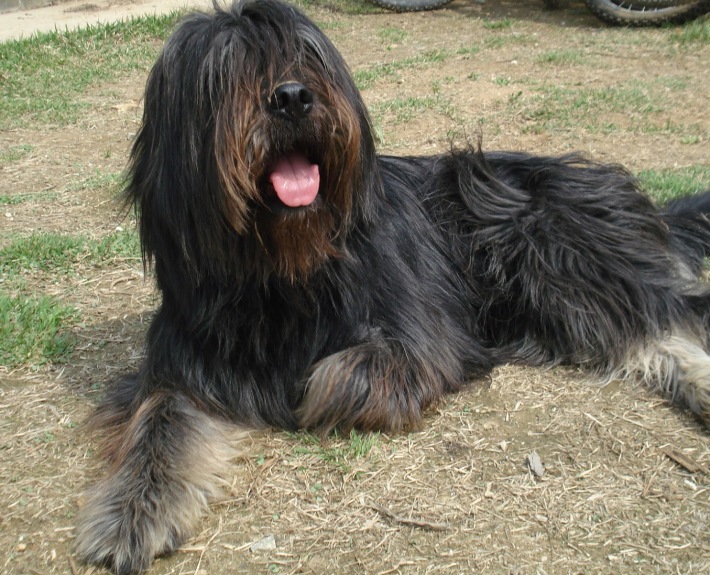What makes the Sapsali Unique?
The Sapsal is a shaggy Korean breed of dog. The word is followed in Korean by either gae (meaning “dog”) or the suffix ee/i, but is most commonly romanized as “Sapsaree”. Traditionally, these dogs were believed to dispel ghosts and evil spirits
Breed Groups
Page Contents
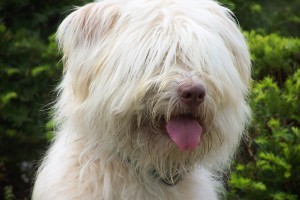
Is the Sapsali Right For You?
The Sapsali has been identified and recognized by both leading Korean dog societies, the Korean Canine Club (FCI affiliate) and the Korean Kennel Club, but the only Korean dog that has official international recognition is the Jindo.
Sapsali dog is also called as “Lion Dog”; because they have large, bulky legs and strong upper body. The Sapsali is medium in a size moreover it is slightly high. The adult coat of the Sapsali dogs are abundant and long, and arrives within a several colors, counting solid colors and yellow gold-blond, mixed black, brown, reddish orange pepper and grey salt. The hair of the Sapsali fall over eyes surrounded by identical manner like that of a OES (Old English Sheepdog).
In 5 Words
- Playful
- Protective
- Gentle
- Loyal
- Friendly
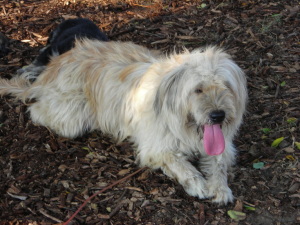
Characteristics
Learn About the Sapsali
Description
General Description
Sapsalis are medium sized and slightly longer than tall. Their adult coat is long and abundant, and comes in various colors including solid and/or mixed shades of black, golden yellowish-blonde, reddish-orange, browns, and salt-and-pepper greys. Their hair falls over the eyes in the same manner as that of the Old English Sheepdog. Although Sapsalis resemble herding dogs, they appear to have been bred exclusively as house dogs; their “work” is spiritual rather than physical.
Short History of the Sapsali
The breed was very popular among aristocrats of Silla and may have been used as military dogs. After the collapse of Unified Silla, the Sapsaree breed became popular throughout the Korean peninsula, appearing in classic Chosun era literary works such as “Chunhyangjeon” and “Yeolha Ilgi”. Near extinction in the mid-1980s, the breed was revived using the eight remaining dogs.
Temperament
In Korea, they are famous for their gentle, protective, and loyal characters. They are friendly and playful with people they are familiar with, but aggressive if another dog enters its homestead. Not being natural fighters, they are usually peaceful. However, when attacked, they are almost merciless, and they will not stop chasing their aggressor unless commanded to do so by their owners or until their stamina runs out.
Caring for Your Sapsali
General Health
The Sapsali is however, a generally hearty and healthy breed. Like all purebreds, the Sapsali does experience some incidence of health concerns, they are as follows:
- Congenital Heart Defects
- Heart Disease
- Canine Hip Dysplasia (CHD)
- Patellar Luxation
- Distichiasis (ingrown eyelashes)
- Entropion (folding eyelid)
- Cherry Eye
- Obesity
- Bloat
- Skin problems
- Allergies
- Testing for the Sapsali breed is suggested for the hips and knees
Grooming & Bathing
The long and full coat needs constant care to keep it in top condition. Unless it is combed and brushed right through to the dense, water-proof undercoat at least two times per week, it will become matted and the dog may develop skin problems to be plague
Exercise & Training
The Sapsali needs daily exercise, either a moderate to long walk or a vigorous romp. Brisk, twice-daily walks of at least 30 minutes are necessary and if a secure area can be found then he will appreciate the opportunity to run.

